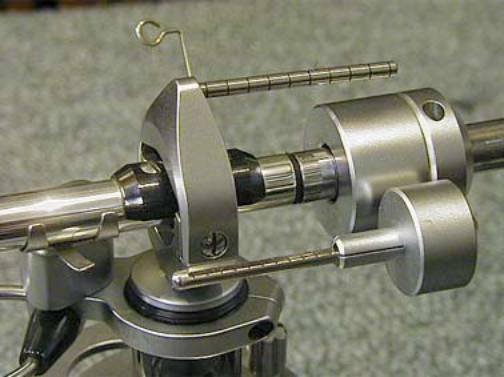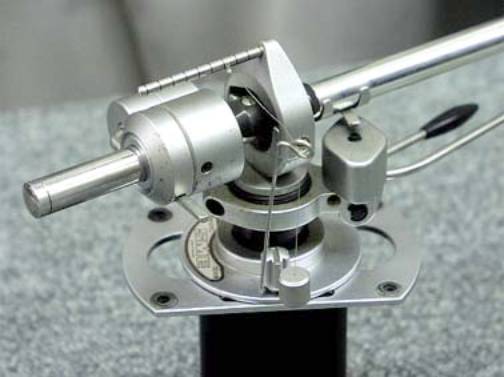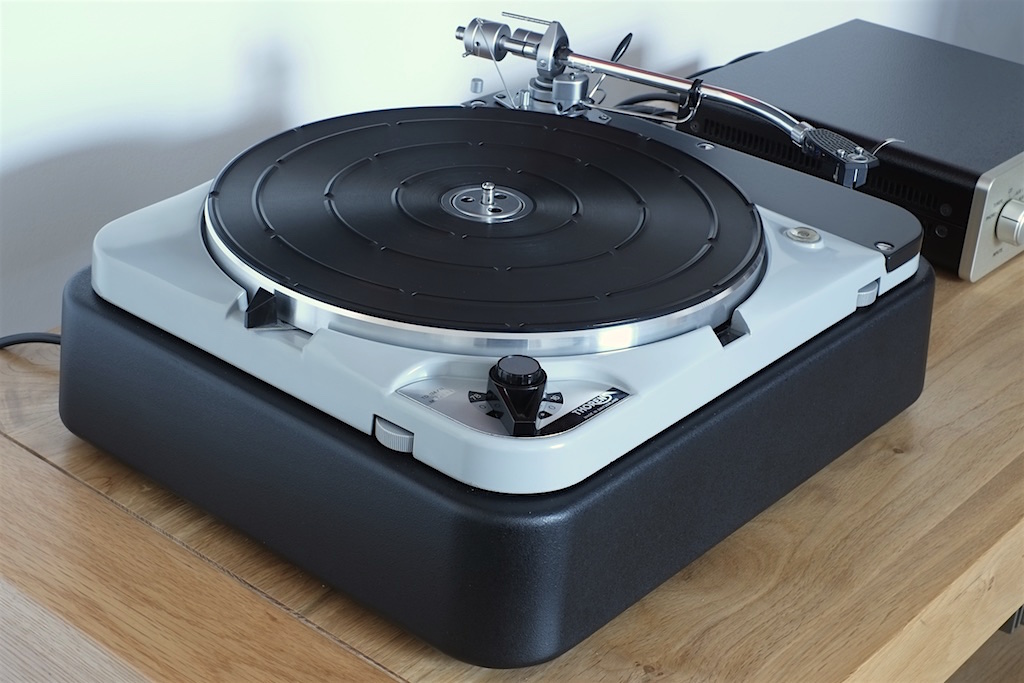anderson4209
pfm Member
Hi all, im trying to fit a denon 103 to my sme s2 non improved arm, im finding the counter weight needs to be way back on the arm rod to balance the cartridge, will the rubber coupling joint be under too much strain to use like this, at the moment im using a shure m75ed and the weight is far more forward, thanks for any help, best regards, peter.




 IMG_2870
IMG_2870 20180607_220656
20180607_220656